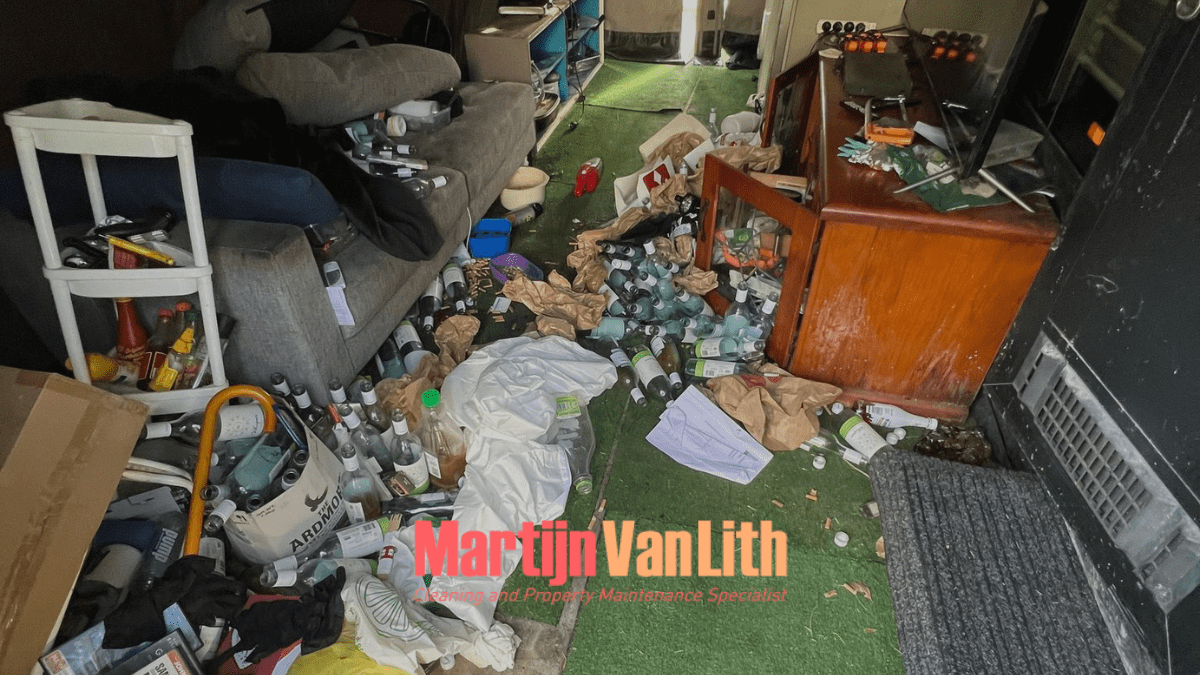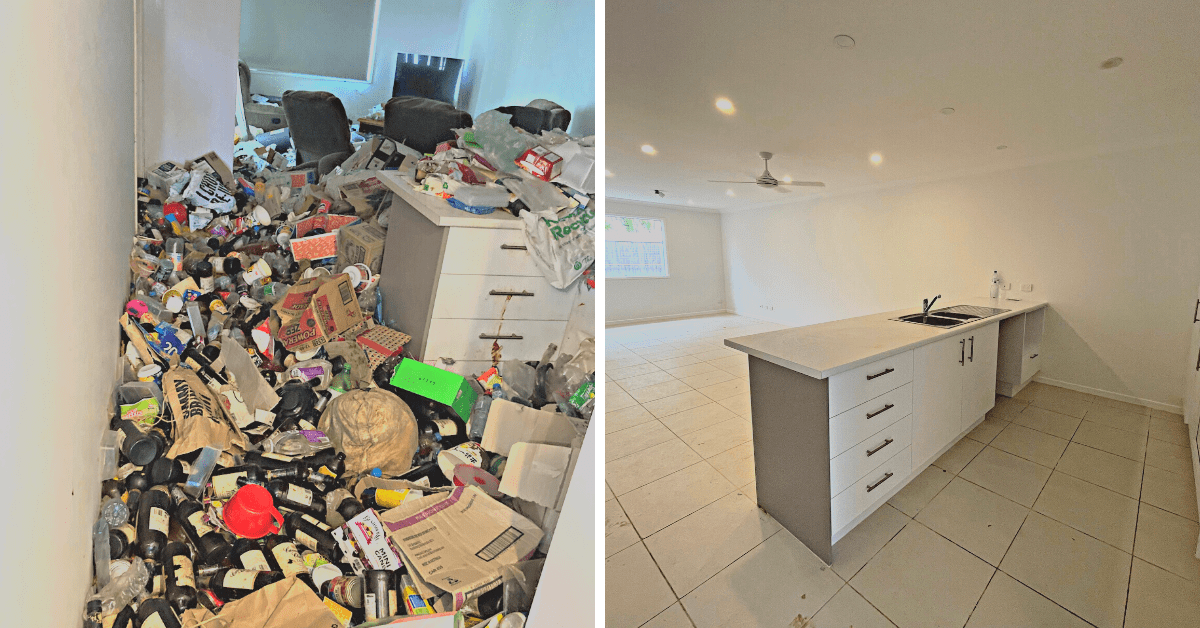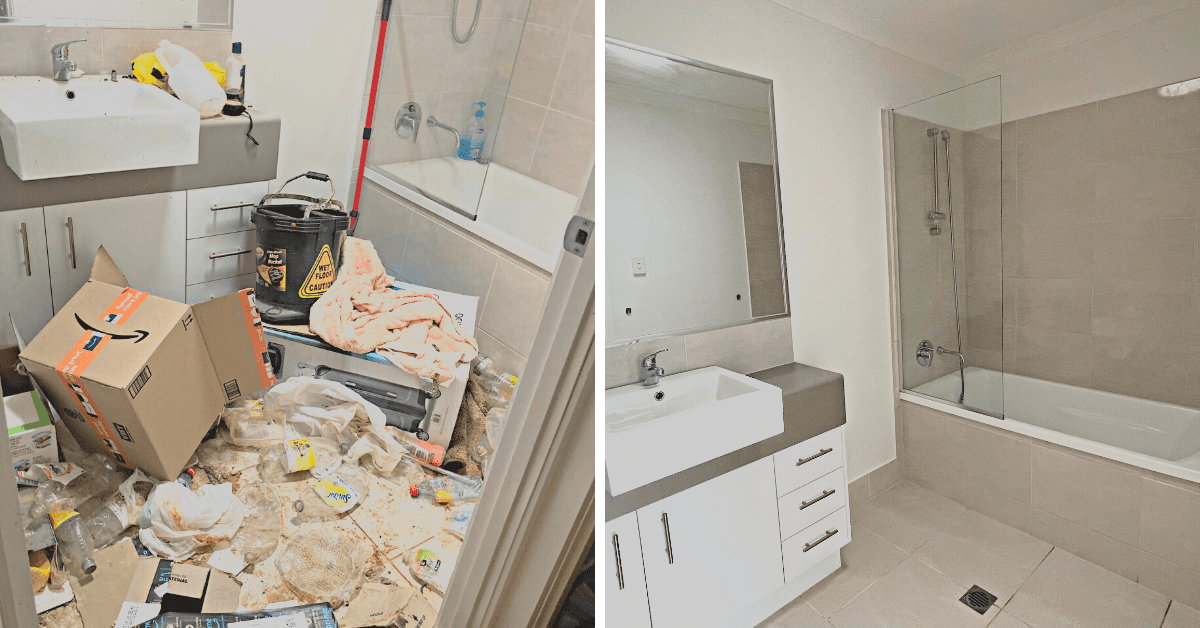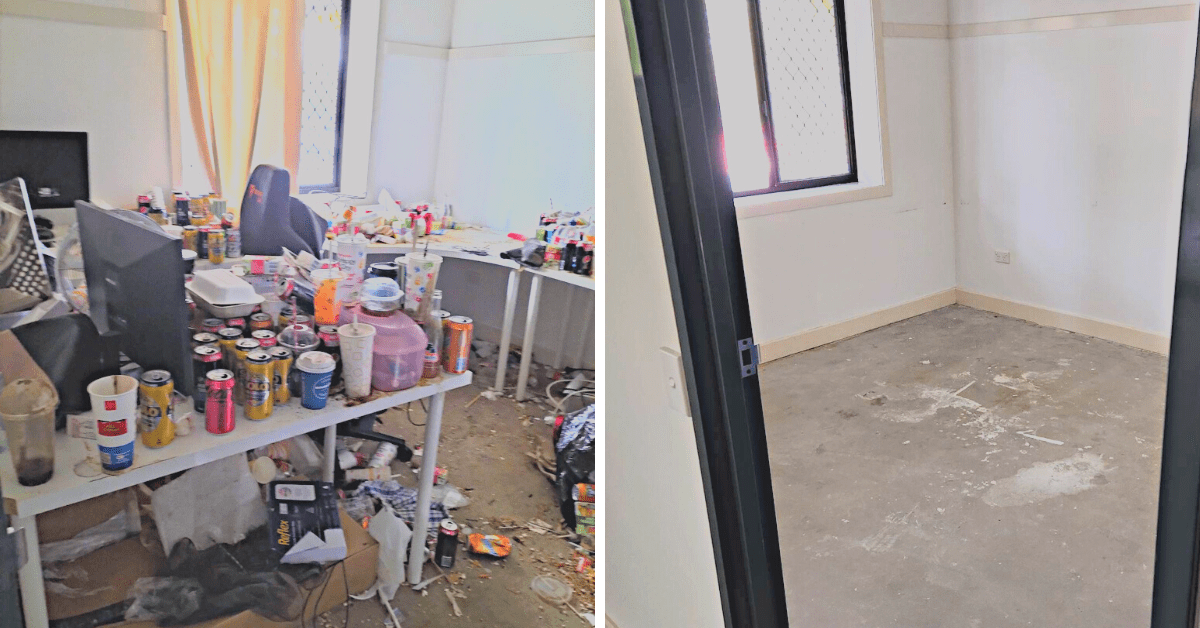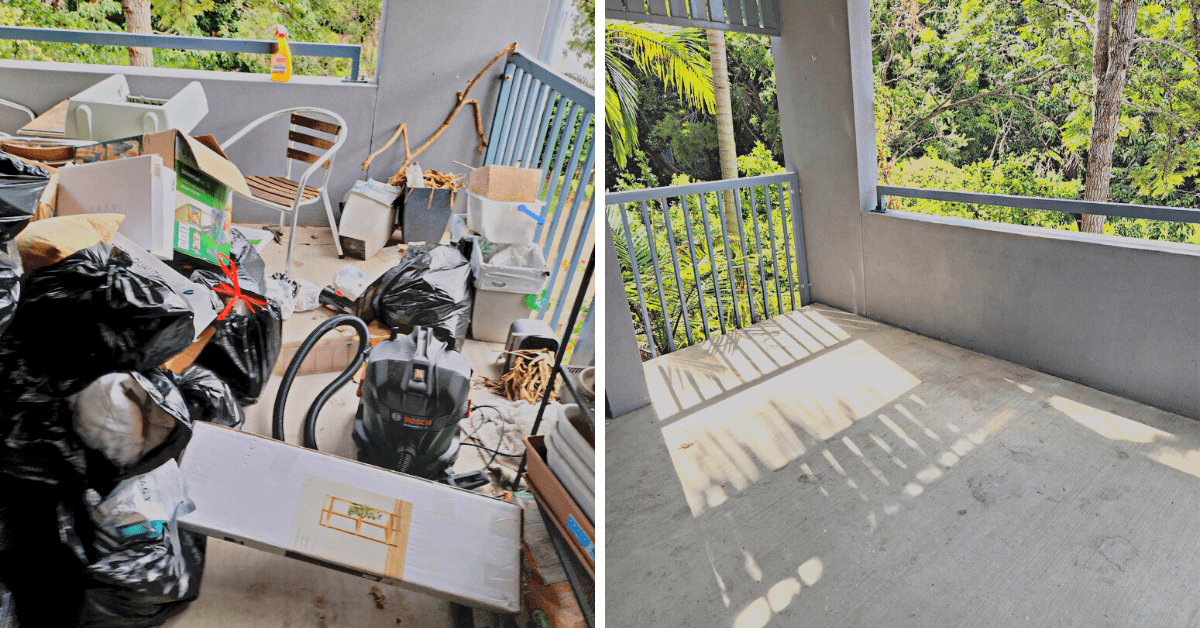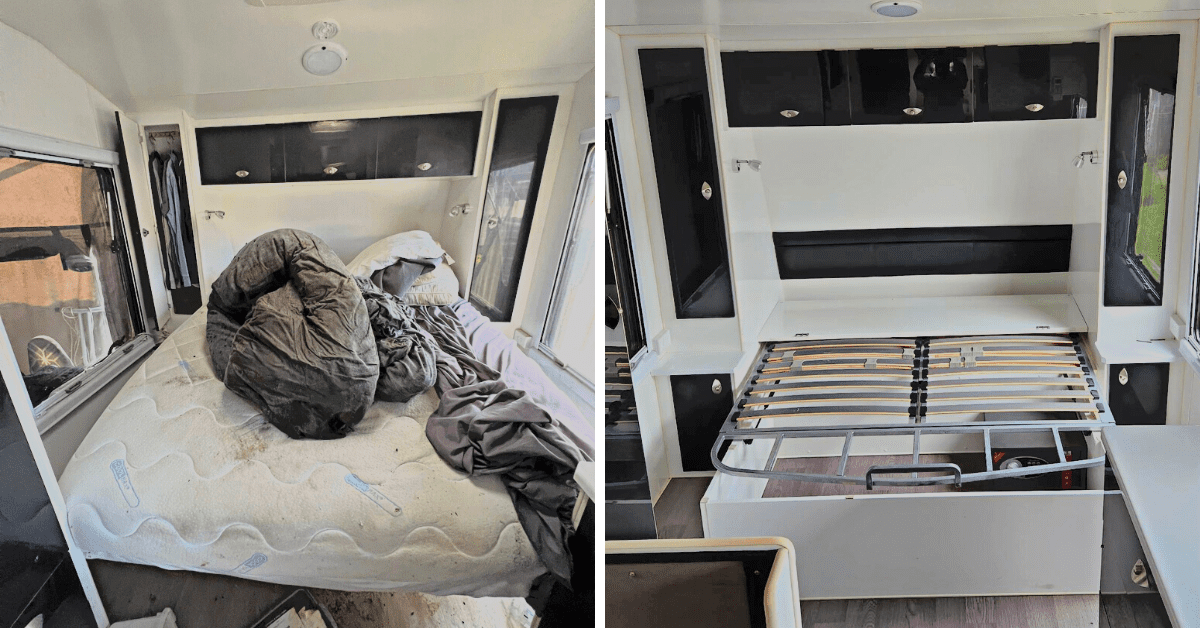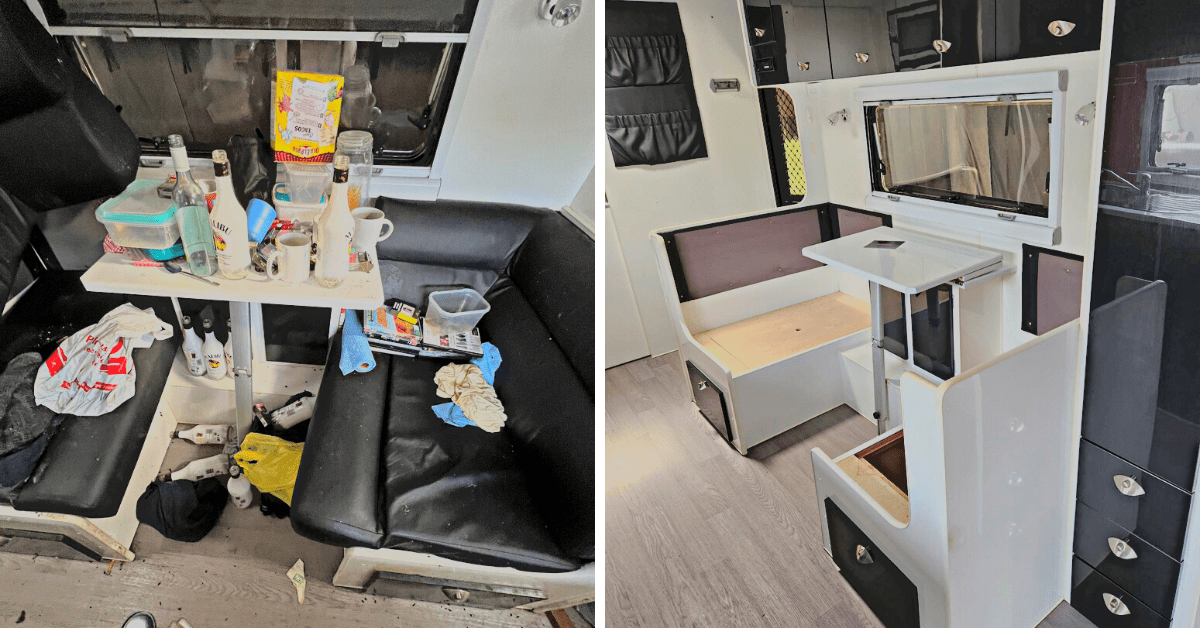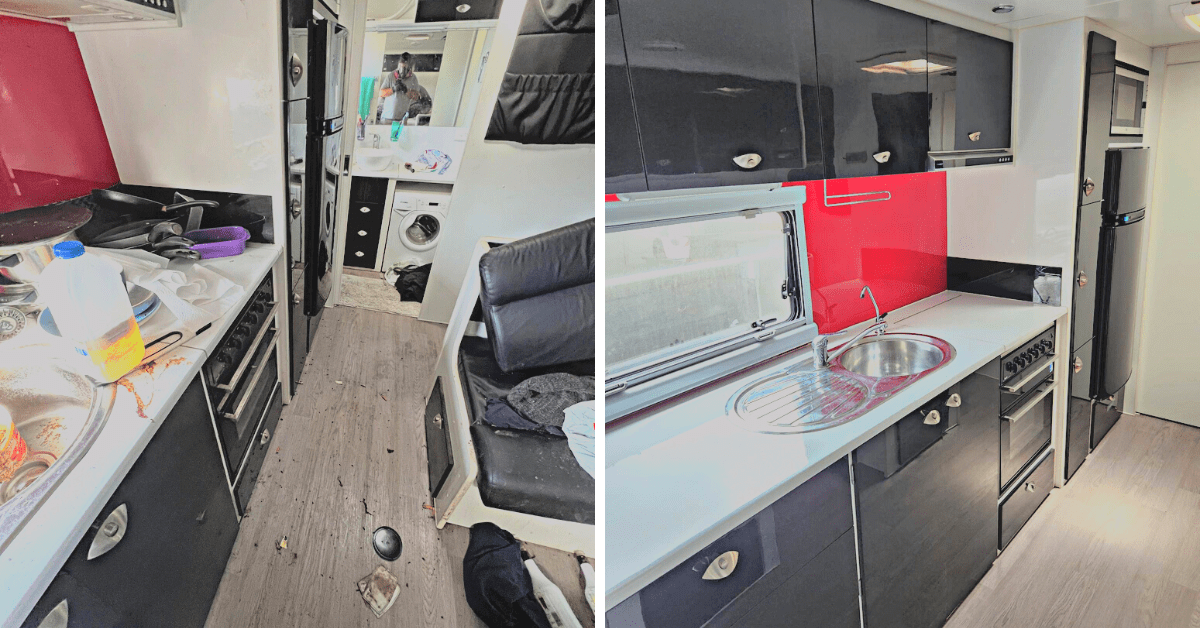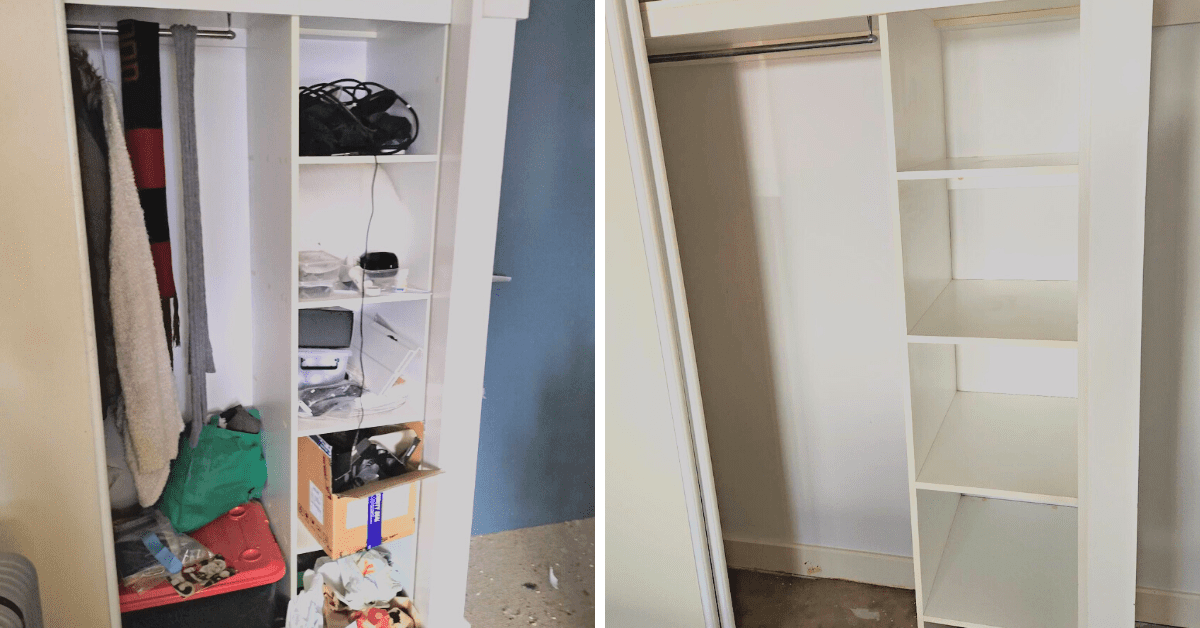Hoarder House: Understanding, Addressing, and Cleaning
In the quiet corners of our communities, behind unassuming doors, many individuals face daily battles that remain largely unseen. Among such struggles is the reality of living in a hoarder house—an issue that is both deeply personal and widely misunderstood. What may seem from the outside to be merely a severe clutter issue is, in reality, a complex psychological condition that requires empathy, understanding, and professional guidance.
If you or a loved one are living in what could be categorized as a hoarder house, it’s important to approach the situation with kindness and a spirit of helping, not judging. Today, we’ll delve into what a hoarder house entails, the psychological underpinnings of hoarding behaviour, and the available pathways towards recovery and reclaiming space—both physical and emotional.
What is a Hoarder House?
A hoarder house is often the physical manifestation of a hoarding disorder, a recognized mental health condition defined by an persistent difficulty discarding or parting with possessions because of a perceived need to save them. This results in the accumulation of possessions that congest and clutter living areas and substantially compromise their intended use. The clutter in a hoarder house isn’t merely about having too many things; it’s often deeply entwined with the homeowner’s emotions and memories. Each item, no matter how small or seemingly insignificant, can hold immense emotional significance to the person with hoarding disorder.
Common Traits of Hoarder Houses
- Impassable rooms filled with clutter.
- Unsanitary conditions due to neglect of cleaning.
- Extensive pest infestations and mold growth.
Common Traits and Behaviors of Hoarders
Hoarders typically exhibit the following behaviors:
- Reluctance to discard items—even those considered trash by others.
- Emotional attachment to possessions.
- A tendency to accumulate items needlessly.
Such behaviors impact not only the hoarder but also their families and their living environment.
Why Do People Hoard?
Hoarding is not about laziness or messiness. It can be triggered by various factors, including:
- Trauma: Loss of loved ones, job loss, or other traumatic events can trigger hoarding as a way to cope with emotional pain.
- Anxiety and Depression: These mental health conditions can contribute to difficulty making decisions and a sense of control through accumulating possessions.
- Genetics: There may be a genetic predisposition to hoarding behavior, as it sometimes runs in families.
The disorder can be isolating, often leading to shame, distress, or embarrassment, further complicating an individual’s ability to seek help. Accepting this reality compassionately is the first step in aiding recovery—acknowledging the emotional as well as the physical clutter.
Difference Between Hoarding and Collecting
Understanding the distinction between hoarding and collecting is essential:
- Hoarding involves accumulating items to the point of dysfunction and health hazards.
- Collecting is a controlled, organized activity and doesn’t interfere significantly with daily life.
Hoarding Disorder and Its Symptoms
Hoarding is recognized as a mental health disorder characterized by persistent difficulty discarding or parting with possessions. Symptoms include:
- Cluttered living spaces.
- Distress at the thought of discarding items.
- Functional impairment in daily life activities.
Levels of Hoarding
The Institute for Challenging Disorganization (ICD) has developed a five-level Clutter-Hoarding Scale to assess the severity of hoarding behavior:
- Level 1: Clutter is relatively minimal and doesn’t significantly affect functionality.
- Level 2: Clutter is more pronounced, with some areas of the home becoming unusable.
- Level 3: Clutter significantly impacts daily living, with multiple rooms unusable and potential health hazards present.
- Level 4: The home is severely cluttered, with significant health and safety risks.
- Level 5: The home is uninhabitable due to extreme clutter, with severe health and safety hazards and potential structural damage.
Pathways to Addressing a Hoarder House
- Professional Help: Engaging with therapists or counsellors who specialise in hoarding disorder can be foundational. Cognitive-behavioral therapy, in particular, has proven effective in helping individuals understand and change their hoarding behaviors. Here’s a source where you can find a specialised therapist.
- Practical Steps: While emotional recovery is paramount, addressing the physical aspect of a hoarder house is also critical. This can begin with small, manageable steps:
- Start Small: Choose one small area—a drawer, a shelf—to sort through.
- Sorting Items: Categorizing items into ‘keep’, ‘donate’, and ‘discard’ can help in making decisions about what to keep.
- Regular Check-ins: Frequent, smaller cleaning sessions can prevent the task from becoming overwhelming.
- Support Systems: It’s important to build a network of support. Friends, family, or professional cleaners specializing in hoarder houses can provide necessary encouragement and assistance. Having someone to share the journey can make a significant difference in recovery.
DISCLAIMER: Cleaning a hoarder house is complex and can involve biohazards, pests, and structural issues. It’s strongly recommended to hire professionals like Martijn van Lith trained to handle these situations with sensitivity and respect for the individual’s well-being.
The Importance of Ongoing Support and Compassion
Recovery from living in a hoarder house isn’t linear. There will be hurdles and setbacks. Continuous support from loved ones and professionals can ease the psychological burdens, making the challenges more manageable and less daunting.
A Glimpse of Hope
There’s undeniable courage in confronting hoarding issues and tackling the state of a hoarder house. Each small step towards decluttering, whether it’s throwing out an old magazine or organizing a cupboard, is a monumental victory in this journey. These actions are not just about clearing physical space but about making room for new experiences and joys.
Conclusion
Living in a hoarder house can be a debilitating experience, shrouded in misunderstanding and isolation. But through understanding, strategic interventions, and compassionate support, change is absolutely possible. Remember, it’s not just about cleaning up; it’s about reclaiming your space, your well-being, and, ultimately, your life. For someone experiencing or witnessing the impacts of a hoarder house, it’s crucial to remember that help is available, recovery is possible, and hope is always present. As you embark on this journey, hold on to the belief that each step forward, no matter how small, is a step towards a brighter, clearer future.
Martijn van Lith offers professional, ethical, and confidential extreme decluttering/cleaning services. Why choose us? Because we understand our clients very well, we go beyond just doing the job- we build relationships with our clients, and we treat your possessions with caution and care. We’ve helped over 5000 clients in the past, and we’ve been featured in the news, as well. Our loyal customers can attest to the quality of our services. Check out their testimonials here.

